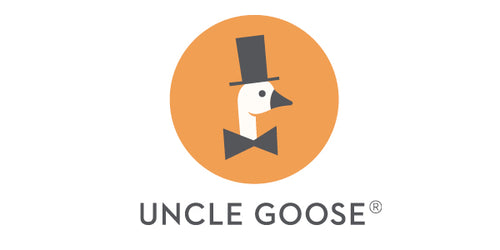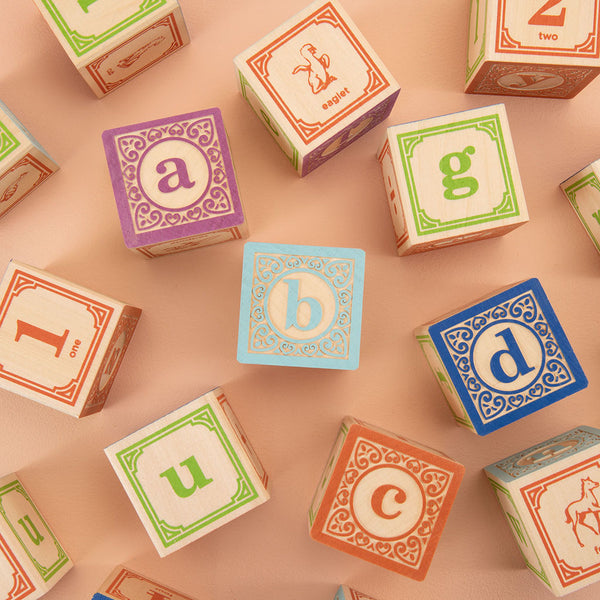
Which did you learn first: UPPERCASE or lowercase letters?
In the US, most children learn their UPPERCASE letters before they learn the lowercase. It’s a longstanding tradition: but is it effective?
In a word, yes. There’s a good reason to learn UPPERCASE letters first. It’s because many young children between 2 and 5 aren’t developmentally ready to draw or distinguish the intricacies of many of the lowercase letters.
We learn our UPPERCASE letters first because capital letters are easier for young fingers to draw. Writing lowercase letters requires finer motor skills that many young children simply don’t have yet.
Further, UPPERCASE letters are also easier to distinguish from one another. The only two that young children often confuse are M and W. In lowercase letters, even older children will frequently mix up p’s and q’s and b’s and d’s and i’s and l’s.
Dotting I’s and crossing t’s is even an ongoing challenge for many adults! The lack of ease with creating and identifying lowercase letters is why we have the idioms “minding your p’s and q’s” and “dotting your i’s and crossing your t’s.”
Still, we all need to learn to recognize and create both UPPERCASE and lowercase letters. Playing with Uncle Goose Classic ABC Blocks and Uncle Goose Classic Lowercase ABC blocks can help children build these foundational literacy skills.
You can play any number fun letter recognition and matching games with Uncle Goose blocks. Here are 4 multisensory ways to help children learn both UPPERCASE and lowercase letters:
1. Feel to Learn. Two sides of each block are embossed. Have children get to know the different shapes of letters by feeling them. Can you guess the letter just by touch? Use crayons/pencil and paper to create rubbings of the letters. Display your art!
2. Build the Letters. Use the blocks to create the letters themselves. For example, tell a child to build you an UPPERCASE B and a lowercase b. This can be a challenging game, even for adults. Some letters blocks may require that you use all your blocks, while others will only need a few.
3. Find the Letters. Show a child an animal illustration on the block. Then, have children find the first letter of the animal name from the remaining blocks. (This fun game is just one reason why your Uncle Goose doesn’t put an F on the Fox block!)
4. Use Movement in Classrooms. Give half the class lowercase letter blocks. Give half the class UPPERCASE blocks. Players must mix and mingle among each other to find their match. Do time trials for extra fun!
What other games can you play with blocks to strengthen literacy? And which letters did you learn first: UPPERCASE or lowercase? How did that work out for you?






